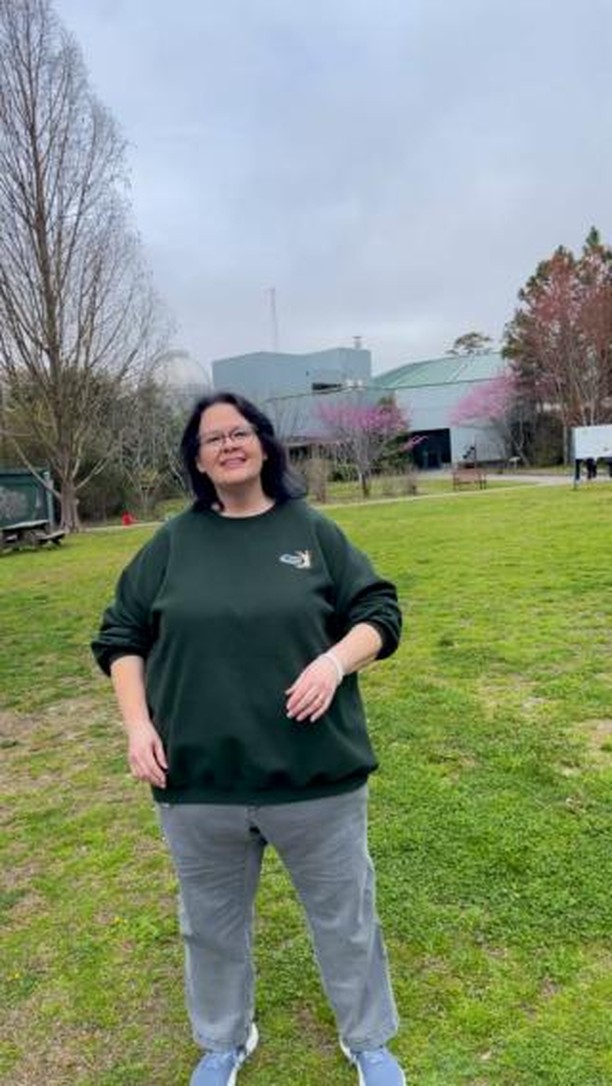– The mechanics of lunar and solar eclipses
– The visible impact and estimated coverage of the partial solar eclipse in Virginia on April 8th
– Contextualizing eclipses in zoology, zoo management, and wildlife conservation efforts
– How public engagement during eclipses can enhance environmental awareness
Eclipses are natural phenomena that have captivated humanity throughout history. They occur when the Earth, moon, and sun align in space, temporarily altering the light that reaches us from these celestial bodies. There are two primary types of eclipses: solar and lunar. Depending on our location on Earth and the alignment of these celestial bodies, these eclipses’ experience and visual impact vary significantly.
A solar eclipse occurs when the moon passes between the Earth and the sun, casting a shadow on Earth. Viewers in the shadow’s path will observe the sun being partially or entirely obscured by the moon. Lunar eclipses, in contrast, happen when the Earth is positioned between the sun and the moon, resulting in the Earth casting a shadow that dims or reddens the moon’s normally bright surface. These celestial mechanics reflect the intricate dance of celestial bodies and cast light on the dynamic nature of our solar system.
On April 8th, Virginia will be privy to an exciting celestial event—a partial solar eclipse. Observers will witness the moon obscure up to 80% of the sun’s surface. This event promises to draw the public’s attention and serve as a natural conduit for education and conservation messaging.
Integrating celestial phenomena like eclipses within zoology, zoo management, and wildlife conservation provides a unique platform for public engagement. Eclipses can trigger animal behavioral changes, offering a unique opportunity for zoologists to study and interpret these responses. Zoos and conservation centers often utilize these occurrences to engage with visitors, showcasing how animals react to the sudden shift in daylight and educating them on broader environmental contexts.
This partial solar eclipse also serves as an opportunity to bolster environmental awareness. As people turn their gazes skyward, conservationists can seize the moment to highlight the delicate balance of our planet’s ecosystems and the importance of preserving them. Each eclipse reminds us of the Earth’s place in the wider cosmos and the need to protect our unique vantage point.
A deep dive into the details of these celestial events reveals the precision of the universe’s clockwork. The synchronization required for an eclipse is a testament to the predictable patterns of planetary motion discovered by astronomers over centuries. Knowing these patterns allows us to forecast eclipses with remarkable accuracy.
The upcoming solar eclipse in Virginia is not unique, but each eclipse offers a specific viewing experience distinct to its time and place. With an 80% coverage of the sun, spectators will be treated to a dramatic scene as the moon makes its transit across our star. An 80% eclipse significantly reduces the amount of sunlight reaching the surface, creating a surreal daytime twilight.
Educators, zoologists, and conservationists can utilize this occasion to host events that stress the interconnectedness of all Earth’s inhabitants—both celestial and terrestrial. This eclipse can remind us that the same forces that govern the heavens also influence life on our planet. The event provides a surpassing platform to discuss topics ranging from the roles of sunlight in animal behavior to the significance of clean skies for astronomical events.
Observing eclipses has a historical legacy steeped in scientific discovery and public wonder. These events are more than just a spectacle for zoo management and wildlife conservation professionals. They offer a touchpoint for educational programs that discuss animal welfare and habitat conservation and inspire advocacy for environmental protection. Eclipses underscore the value of dark skies and unpolluted environments, which are vital to humans and the entire web of life that relies on the natural cycles of light and darkness.
As the day of the partial solar eclipse approaches, individuals are encouraged to plan for safe viewing. Special eclipse glasses or indirect viewing methods should be used to protect eyes from the sun’s rays. Local zoos, planetariums, and conservation groups often provide resources and viewing parties, emphasizing safe practices while fostering community involvement.
The challenge lies in leveraging the innate fascination that eclipses evoke to promote knowledge and action around environmental stewardship. Engaging narratives that connect the dots between the eclipse and conservation can stimulate community participation in preservation efforts and foster a broader understanding of the importance of environmental health.
As we anticipate the shadow cast by the moon on April 8th, it presents an extraordinary moment to reflect on our shared responsibility to the planet. The eclipse is a spectacle that encourages appreciation for the natural wonders above us and the complex ecosystems around us. Educational outreach and community engagement during such events can provide a potent impetus for conservation action.
In conclusion, the partial solar eclipse in Virginia offers an educational spectacle beyond its awe-inspiring visual display. It allows for exploring the celestial mechanics that produce such events, a catalyst for widespread public engagement in environmental issues, and an incitement for wildlife conservation. As the moon obscures the sun, it can also illuminate the critical role each person plays in the stewardship of our planet’s future.
*****
Source Description
Did you know there are different eclipses? Lunar and Solar eclipses are similar yet different. For A Solar Eclipse, the moon casts a shadow on Earth, for a lunar eclipse the Earth casts a shadow on the moon. On April 8th, here in Virginia, we will be able to see a partial Solar Eclipse of up to 80%! This event is sure to be exciting and you won’t want to miss it.

